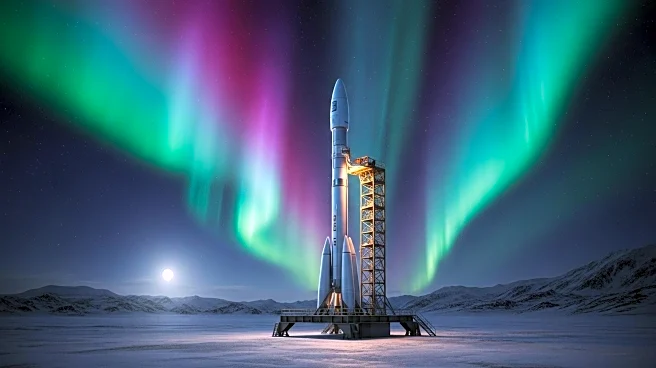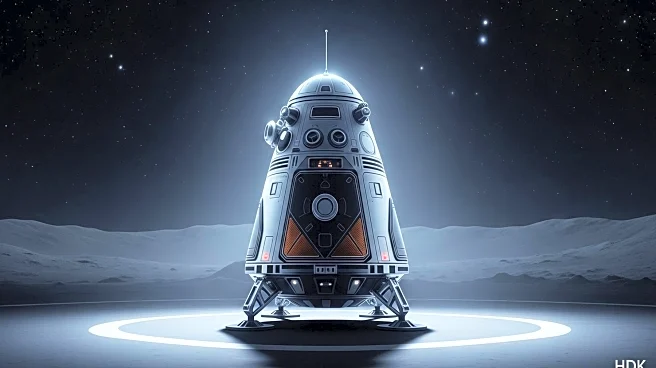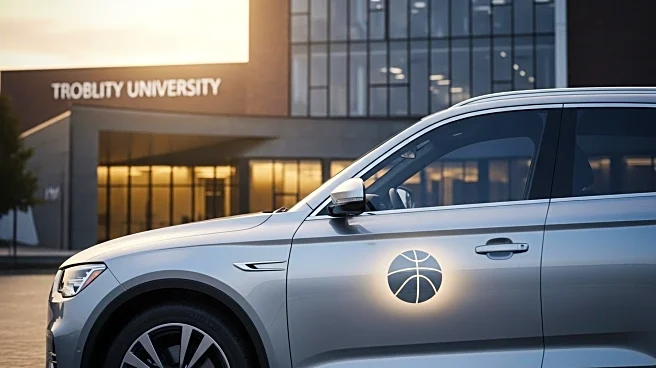What's Happening?
Astrobotic, a Pittsburgh-based startup, has signed an agreement with Andøya Space to launch its Xodiac vertical-takeoff, vertical-landing (VTVL) vehicle from the Norwegian spaceport starting in 2026. The Xodiac vehicle is designed to simulate lunar and planetary landings and has been used extensively for testing flight systems and advanced technologies applicable to both Earthbound and deep-space missions. This agreement marks a significant step for Astrobotic, as it brings its testing capabilities to Europe, a continent eager to expand its presence in international and sovereign deep-space missions. The Xodiac vehicle, originally developed by Masten Space Systems in 2015, was acquired by Astrobotic in 2022 after Masten filed for bankruptcy. Despite a recent crash during its 176th flight, Xodiac remains fully reusable and can be launched multiple times a day, offering European organizations the opportunity to rapidly iterate on new technologies.
Why It's Important?
The agreement between Astrobotic and Andøya Space is significant as it enhances Europe's capabilities in space technology testing and development. By providing a flight-proven, reusable rocket, Astrobotic is enabling commercial and government partners in Europe to accelerate the development of space systems in a dedicated environment. This move could bolster Europe's position in the global space industry, potentially leading to increased investment and collaboration in space exploration and technology. The presence of Xodiac in Europe may also stimulate competition among other space technology developers, driving innovation and advancements in the field.
What's Next?
Astrobotic's Xodiac vehicle will begin its operations at Andøya Space in 2026, with plans for multiple launches to test various technologies. Meanwhile, the Themis suborbital test vehicle, developed by ArianeGroup under ESA’s Future Launchers Preparatory Program, is also preparing for its first demonstrations. Themis is scheduled to perform its first hop test by the end of the year, with more flights planned for 2026. This sets the stage for a competitive environment in Europe, where multiple entities are vying to lead in suborbital test campaigns and successful rocket landings.












